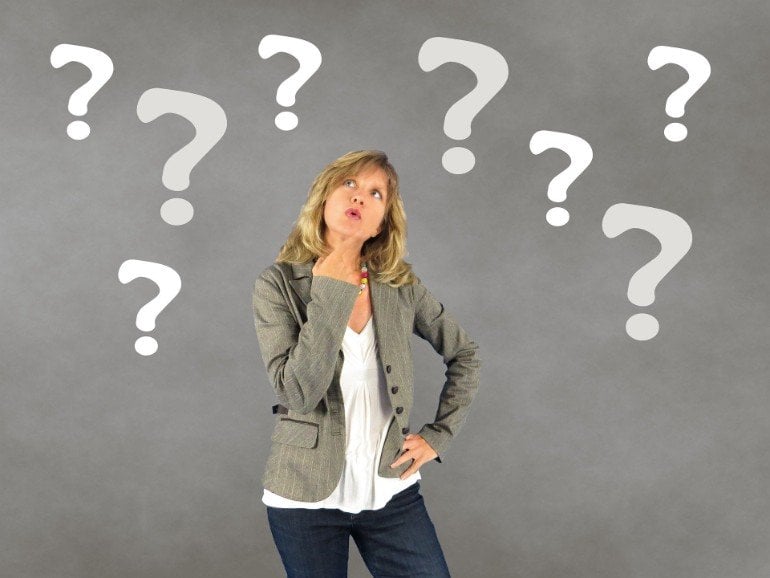Summary: People make automatic and efficient decisions when learning to avoid others. When learning to avoid harming themselves, people make become more deliberative. The study also found people were more willing to repeat decisions that were previously harmful to themselves if they believed better results would occur in the future.
Source: University of Birmingham
The processes our brains use to avoid harming other people are automatic and reflexive – and quite different from those used when avoiding harm to ourselves, according to new research.
A team based in the Universities of Birmingham and Oxford in the UK and Yale University in the US investigated the different approaches to avoiding pain for the first time. They found that when learning to avoid harming ourselves, our decision-making tends to be more forward-looking and deliberative.
The findings, published in Proceedings of the National Academy of Sciences, could shed light on disorders such as psychopathy where individuals experience problems learning or making choices to avoid harming others.
“The ability to learn which of our actions help to avoid harming others is fundamental for our well-being – and for societal cohesion,” said Dr Patricia Lockwood, Senior Research Fellow in the Centre for Human Brain Health at the University of Birmingham. “Many of our decisions have an impact on other people, and we are often faced with choices where we need to learn and decide what will help others and stop them from being harmed.”
The experiment carried out by the team involved scanning the brains of a cohort of 36 participants (18 men and 16 women), while they were asked to make a series of decisions. Participants had to learn which decisions would lead to a painful electric shock being delivered either to themselves or to another individual.
Researchers found a striking difference between the two decision-making processes. They found that individuals made automatic, efficient choices when learning to avoid harming others. However, when learning to avoid harming themselves, choices were more deliberative. People were willing to repeat choices that had previously led to harm if they thought it would produce better results in the future.
The team was also able to identify specific areas of the brain that are involved in these different decision-making processes. They found the thalamus – a small, structure located just above the brain stem that has a role in pain processing – was more active when people were successfully avoiding harm to others.

In contrast connections elsewhere in the brain, that are important for learning, became stronger when people choose to repeat an action that harmed someone else. The same connections were not present when people repeated an action that harmed themselves, suggesting different brain systems.
Senior author Dr Molly Crockett, Assistant Professor of Psychology at Yale University, added: “Our findings suggest that the brain’s learning systems are primed to avoid directly harming others. In the modern world, of course, many social harms are indirect: our choices might support the manufacture of unethical products or accelerate climate change. How people learn about the more distant moral consequences of their actions is an important question for future study.”
About this psychology research news
Source: University of Birmingham
Contact: University of Birmingham
Image: The image is in the public domain.
Original Research: Open access.
“Model-free decision making is prioritized when learning to avoid harming others” by Patricia Lockwood et al. PNAS
Abstract
Model-free decision making is prioritized when learning to avoid harming others
Moral behavior requires learning how our actions help or harm others. Theoretical accounts of learning propose a key division between “model-free” algorithms that cache outcome values in actions and “model-based” algorithms that map actions to outcomes. Here, we tested the engagement of these mechanisms and their neural basis as participants learned to avoid painful electric shocks for themselves and a stranger. We found that model-free decision making was prioritized when learning to avoid harming others compared to oneself. Model-free prediction errors for others relative to self were tracked in the thalamus/caudate. At the time of choice, neural activity consistent with model-free moral learning was observed in subgenual anterior cingulate cortex (sgACC), and switching after harming others was associated with stronger connectivity between sgACC and dorsolateral prefrontal cortex. Finally, model-free moral learning varied with individual differences in moral judgment. Our findings suggest moral learning favors efficiency over flexibility and is underpinned by specific neural mechanisms.






